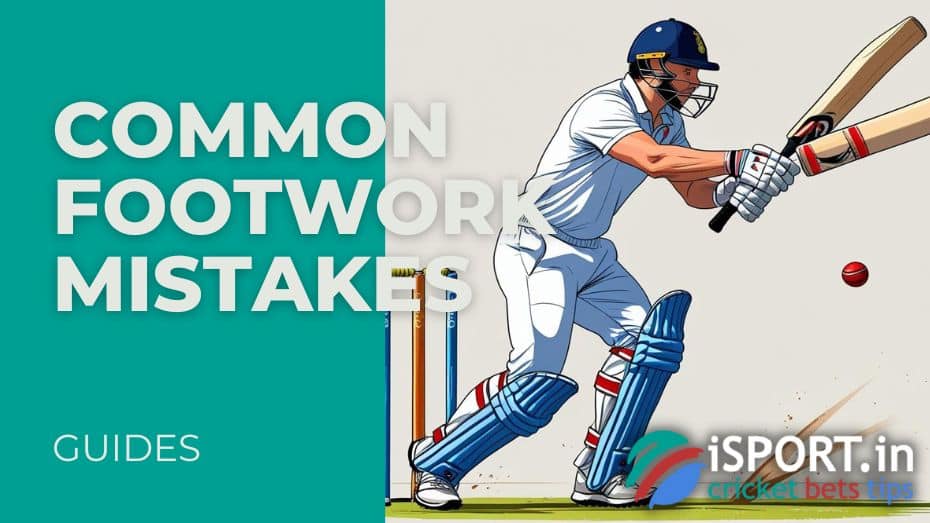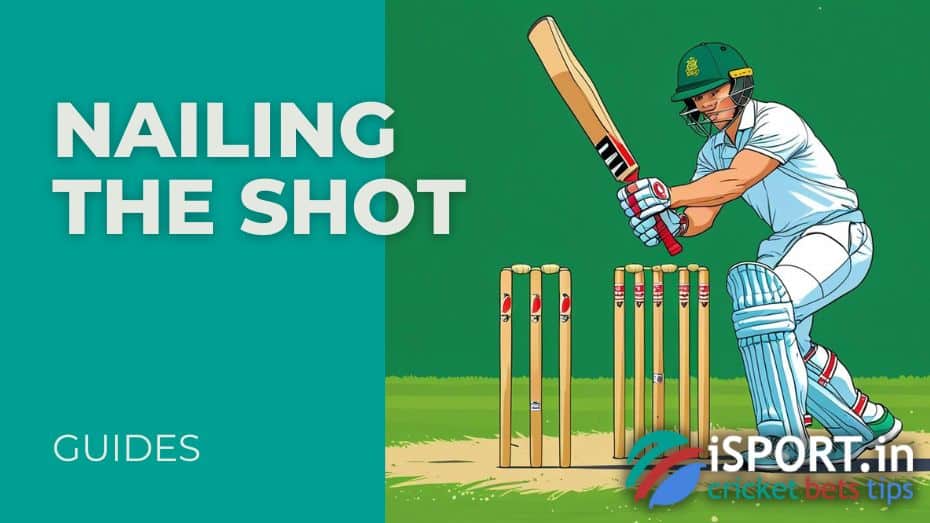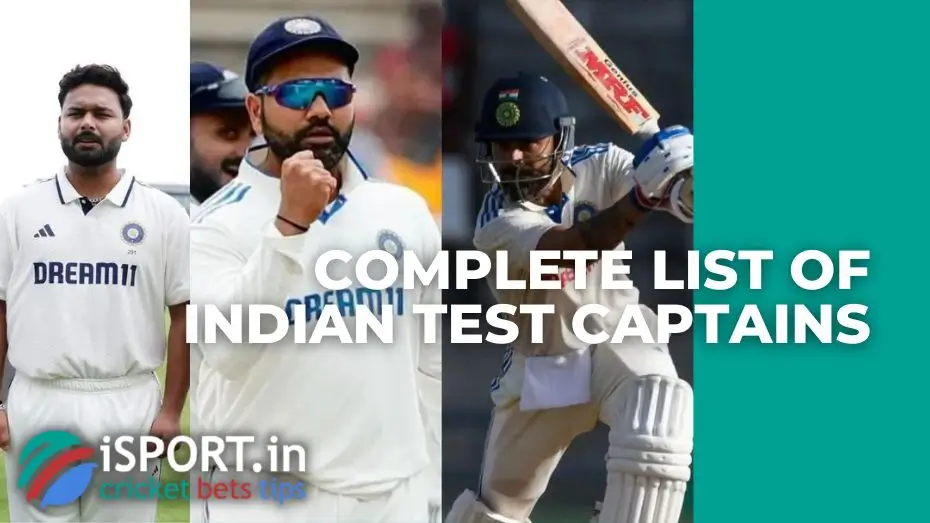How to Bat in Cricket

In cricket, it’s not just about power – it’s about precision, balance and proper technique. One wrong step, and your whole shot can fall apart. If you want to score consistently and stay in the game longer, you’ve got to fine-tune every part of your batting – from your stance to your bat speed. Below are the 7 basics of reliable how to bat in cricket technique.
How to Bat in Cricket: It All Starts with the Stance
If you want to master how to bat in cricket, it all begins with your stance. In cricket, your stance is your base. Think of it like the foundation of a house – if it’s shaky, everything on top crumbles. A good stance sets you up for controlled, clean shots.
The classic setup? Side-on to the bowler. Feet shoulder-width apart, knees slightly bent, back straight, and your upper body leaning forward just a bit relaxed, not stiff. Your weight should be centered – no leaning too far forward or rocking back on your heels.
Here’s what a solid stance looks like:
| Body Part | Position |
| Feet | Parallel to the crease, stable and planted |
| Knees | Slightly bent, relaxed but ready |
| Torso | Side-on to the bowler, balanced |
| Head | Above the ball, eyes dead straight |
A proper stance helps you track the ball all the way from the bowler’s hand to your bat. And those extra milliseconds can be the difference between a boundary and a miss. Your position shouldn’t be static either. You’ve got to feel light on your feet, ready to move forward, back, or sideways the moment you need to.

Common Footwork Mistakes
Even if your stance and grip are spot on, poor footwork can kill your shot. Your legs are your engine, they control your balance, timing, and shot selection. If your feet aren’t in the game, you’re pretty much swinging blind, especially against pace or tricky bounce.
One of the biggest challenges for beginners figuring out the right way on how to bat in cricket is understanding how vital footwork really is. Without proper movement, even textbook technique falls flat.
Here are the usual suspects:
- Flat-footed: No movement at all, even when the ball demands it.
- Fidgety feet: Moving for the sake of it, without purpose.
- Leaning in too early: Shifts your weight forward too soon kills flexibility.
- Late trigger movement: Your step is delayed, and the ball’s already past you.
- Overly wide stance: Makes it tough to shift or step quickly.
When your footwork is off, your whole game suffers. You might have perfect technique on paper, but if your feet aren’t getting you into position, you’ll keep mistiming or missing the ball.
How to Bat in Cricket: Backlift and Bat Speed
A good swing starts with a solid backlift – that’s when you lift the bat up and slightly behind your shoulder before the shot. It’s not just about height, it’s about rhythm and repeatability.
Some players keep the bat around waist height, others take it all the way above their head. What matters is that it’s smooth, stable, and repeatable under pressure.
Let’s break down the types of backlift:
- Low backlift: Less swing, more control. Great for defense, but lacks punch.
- Mid-level: A balanced option – works for most situations.
- High backlift: Adds speed and power – but needs confidence and timing.
- Over-the-top (behind the back): Risky, aggressive, and used against pace for big hits.
There’s no point in going all out with your swing if the ball’s not in your hitting zone. It’s much better to connect cleanly with good momentum than to take a wild swipe.
Here’s a pro tip: If you’re serious about improving how to bat in cricket try using bat sensors. . These gadgets track everything: how high you lift the bat, your swing path, and whether you’re repeating your motion across different shot types.
Nailing the Shot and Controlling the Follow-Through

Everything boils down to this: the exact moment when bat meets ball. That’s where timing, placement, and balance come together.
Your job as a batter is to watch the ball till the very last second. Don’t take your eyes off it, even for a blink. One small slip in focus, and your timing’s gone.
Here’s what makes or breaks a quality shot:
| Factor | Why it matters |
| Contact point | Closer to the middle = cleaner, stronger shot |
| Swing path | Bat should follow the ball’s line, not swipe across it |
| Body balance | Head over the ball, body steady |
| Eye tracking | Eyes on the ball till it hits the bat |
If you’re wondering how to bat in cricket consistently, this is the moment that defines everything. When you get it right, the ball flies.
Cricket Batting Final Tips
The best technique in the world means nothing without reps. Ideally, train in indoor nets or under the eye of a coach. But even if you don’t have that luxury, you can still get good practice in your backyard, garage, or even your room (bounce the ball off a wall, work on timing, shadow bat) whatever it takes.
You can also grab some simple gear like:
- Hanging cricket balls
- Feed Buddy machines (for solo drills)
- Compact rebound nets
These make it easy to work on your game at home without wrecking the furniture.
But here’s the real deal: cricket batting should feel fun. You won’t nail every shot right away – and that’s okay. What matters is enjoying the process. When you love the grind, the technique catches up. The shots get smoother, the timing gets tighter – and before you know it, you’re finding the middle of the bat more often than not. Whether you’re a beginner or refining your style, understanding the core of how to bat in cricket helps unlock your full potential.






